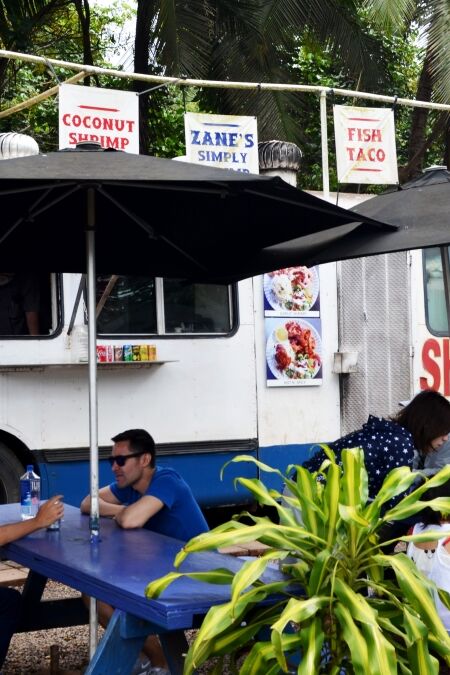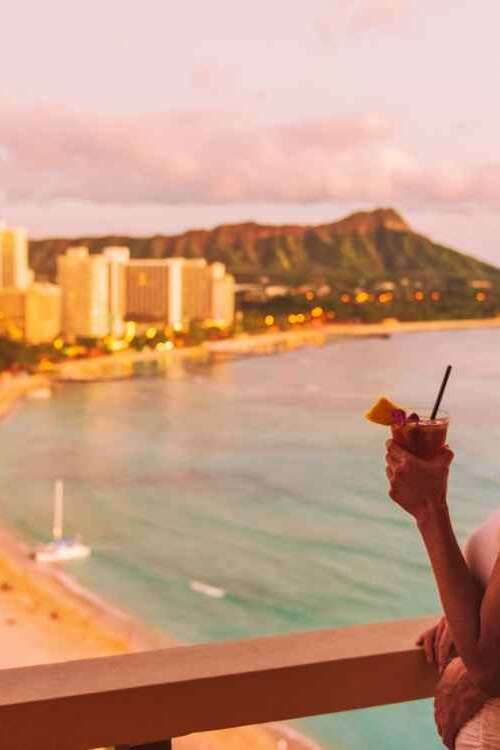The Keanae Peninsula, a stunning gem on Maui’s northeast coast, is a must-see destination for those craving an authentic taste of Hawaii. Surrounded by vibrant taro fields and dramatic lava-strewn shores, this historic village perfectly combines breathtaking scenery, rich cultural history, and local charm. In this guide, we’ll uncover the top attractions, activities, essential travel tips, and everything you need to know to make the most of your visit to Keanae Peninsula.
Highlights
- Experience the charm of an old Hawaiian village where traditions are still practiced. The locals fish along the rocky coastline and cultivate taro in the fertile fields, offering visitors a glimpse into their way of life.
- The peninsula features dramatic landscapes with jagged black lava rocks meeting the vibrant blue ocean. The views from various lookout points are breathtaking and perfect for photography.
- Visit the Keanae Congregational Church, built in 1860 from coral and lava rocks. This picturesque structure stands as a testament to the resilience of the community following the devastating tsunami in 1946.
- No trip to Keanae is complete without stopping at Aunty Sandy’s snack stand for her famous banana bread. It’s a local delicacy that has garnered rave reviews from visitors.
- Explore the nearby arboretum featuring over 150 plant species native to Hawaii. This lush garden showcases the island’s diverse flora and is an excellent spot for a stroll.
- While swimming is not advisable due to dangerous currents, the rocky beaches provide a unique setting for picnics and relaxation while enjoying the sound of crashing waves.
- Witness local fishermen using traditional methods to catch fish like Ulua. The community’s deep connection to the sea is palpable and adds to the area’s authenticity.
History
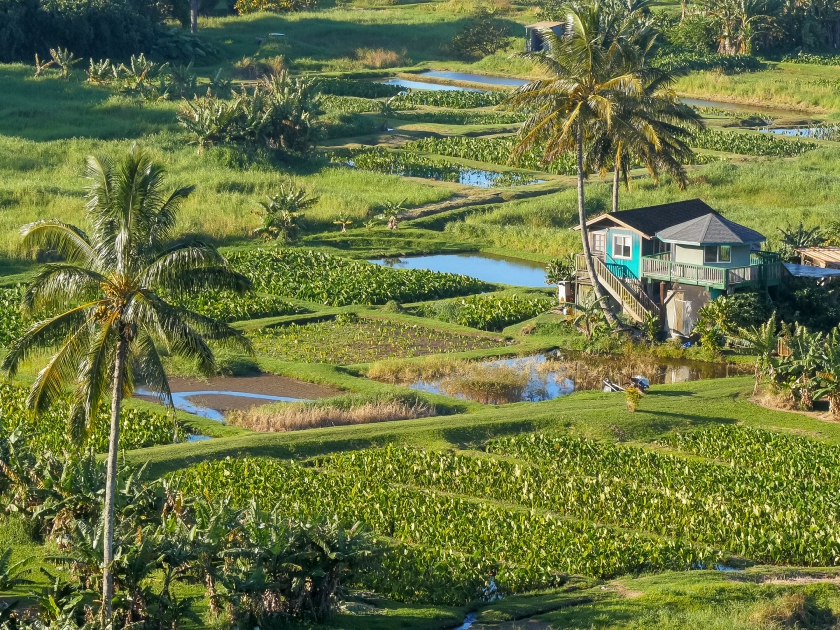
Ancient Beginnings
The Keanae Peninsula, once a barren lava field shaped by volcanic eruptions from Haleakalā Crater, was transformed by early Hawaiian settlers into fertile farmland. By transporting soil from nearby valleys, they cultivated taro, a vital staple in Hawaiian culture, marking the start of a resilient and thriving community.
Cultural Foundation
Keanae’s strategic location supported fishing, agriculture, and trade under the traditional ahupua‘a land system, which provided access to both mountain and ocean resources. This system sustained the population and reinforced their cultural identity amidst occasional conflicts with neighboring groups.
The 1946 Tsunami Disaster
On April 1, 1946, a catastrophic tsunami, triggered by a 7.4-magnitude earthquake in Alaska, devastated the Keanae Peninsula with waves over 35 feet high. Nearly all structures were destroyed, and many lives were lost, including 20 children and four teachers. The Keanae Congregational Church, built in 1856 with coral and lava rock, miraculously survived and remains a symbol of the community’s endurance.
Rebuilding and Renewal
In the aftermath of the tragedy, Keanae’s residents demonstrated extraordinary resilience by rebuilding their homes and livelihoods. Today, the peninsula is celebrated for its lush taro fields, panoramic beauty, and deep cultural roots, welcoming visitors to experience its rich history and spirit.
Modern-Day Attractions
Keanae Peninsula offers visitors a glimpse into its history through sites like the surviving Keanae Congregational Church. Guests can savor Aunty Sandy’s renowned banana bread, stroll through scenic landscapes, and admire the enduring legacy of this remarkable Hawaiian community.
Things to Do
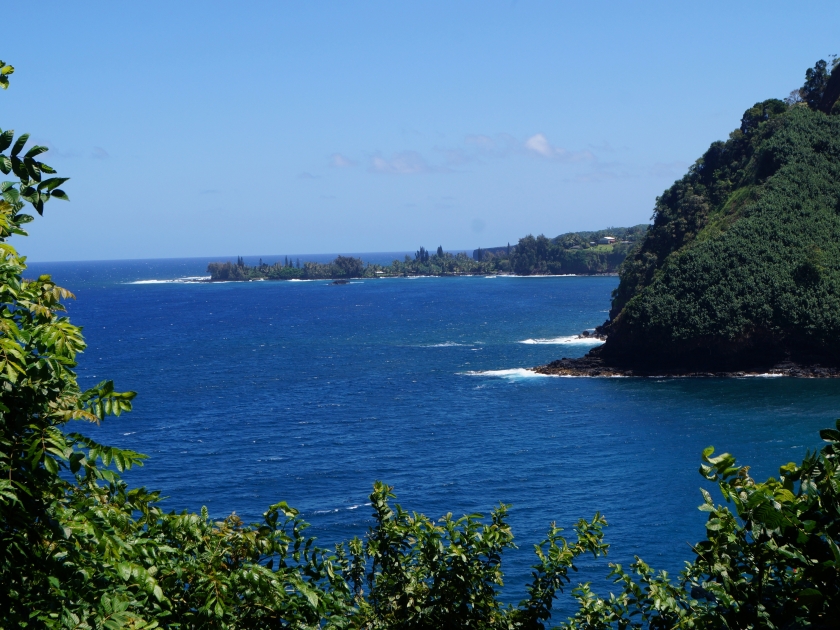
Discover Keanae Congregational Church
Built-in 1860, the Keanae Congregational Church stands as a powerful testament to the community’s resilience, having withstood the catastrophic 1946 tsunami. Crafted from coral and lava rock, this architectural gem provides visitors with a fascinating glimpse into Hawaiian history and traditional construction techniques. Set amidst lush greenery, the church continues to serve as a spiritual and communal hub, making it an essential stop for those eager to explore Maui’s cultural heritage.
Hike Along Keanae’s Rugged Coastline
Take a scenic hike along the dramatic coastline of Keanae Peninsula for stunning vistas of the Pacific Ocean and rugged cliffs. The trail invites visitors to immerse themselves in nature, accompanied by the soothing sound of waves crashing against volcanic rocks and the refreshing sea breeze. Exercise caution while hiking, as the ocean waves can be powerful and unpredictable—maintaining a safe distance ensures a memorable and secure adventure.
Treat Yourself to Aunty Sandy’s Banana Bread
A visit to Keanae wouldn’t be complete without a stop at Aunty Sandy’s iconic banana bread stand. Conveniently located near the church, this local favorite is renowned for its freshly baked banana bread, warm and flavorful. Whether you pair it with a tropical smoothie or enjoy it on its own, savoring this treat while gazing at ocean views creates a quintessential Maui experience that’s both delicious and unforgettable.
Wander Through Keanae Arboretum
Stroll through the tranquil Keanae Arboretum, home to over 150 species of native and exotic Hawaiian plants. This peaceful, free-to-visit attraction offers an educational experience for nature lovers, showcasing the unique biodiversity of Hawaii. Take your time exploring the vibrant greenery, from towering trees to rare flora, while enjoying the serene ambiance of this lush natural haven.
Relax at Waialohe Park
For a quiet escape, pack a picnic and head to Waialohe Park, a scenic spot shaded by trees and framed by striking coastal views. Ideal for families, couples, or solo travelers, this park offers a relaxing space to enjoy lunch or unwind while listening to the waves. With its picturesque setting and calming atmosphere, it’s the perfect spot to savor local snacks or simply take in the beauty of Maui’s natural landscape.
Capture the Scenic Beauty of Keanae
As you drive along Keanae Road, be sure to pause at the various lookout points for breathtaking panoramic views of the cliffs, crashing waves, and expansive ocean. These stops are a dream for photography enthusiasts, offering opportunities to capture Maui’s raw, untamed beauty. From rugged shorelines to dramatic volcanic landscapes, these scenic views ensure you’ll leave with unforgettable snapshots of the Keanae Peninsula.
Connect with Local Culture
Immerse yourself in Keanae’s rich cultural tapestry by engaging with the local community. Whether watching residents tend to their traditional taro fields or observing fishermen at work, these authentic encounters offer meaningful insight into Hawaiian traditions and daily life. By connecting with the locals, visitors gain a deeper appreciation for the area’s heritage and the enduring importance of these practices in preserving Hawaiian culture.
Practical Information
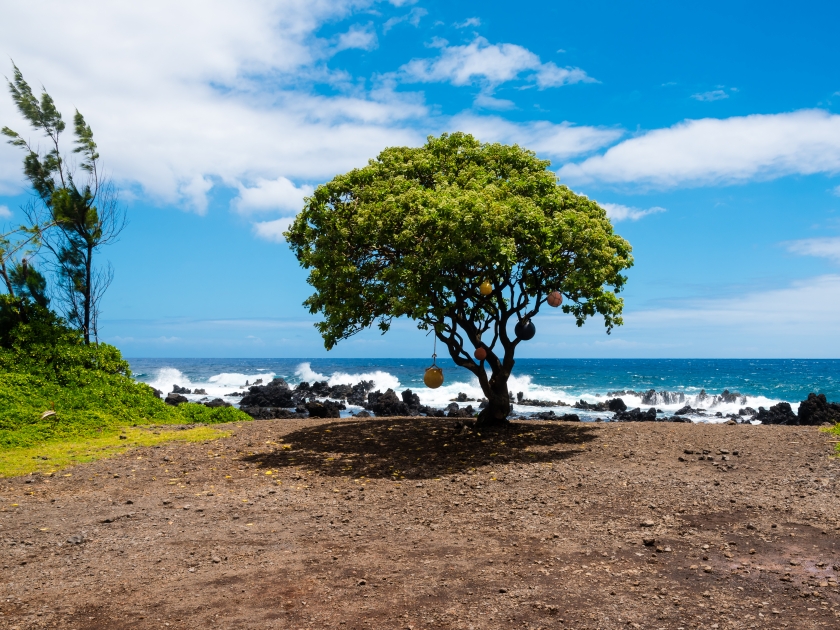
The Keanae Peninsula is located along Maui’s famous Road to Hana, roughly halfway between Kahului and Hana. Facilities are minimal, so it’s recommended to bring essentials such as water, snacks, and sun protection.
Tips for Visiting
- Stay Safe: Avoid swimming due to strong currents and unpredictable waves.
- Respect Local Customs: Interact with locals respectfully and honor their traditions.
- Bring Cash: Aunty Sandy’s banana bread stand may not accept credit cards.
- Dress Appropriately: Wear sturdy, comfortable shoes for navigating rocky terrain.
- Plan Your Time: Allow plenty of time to explore—don’t rush through the experience.
- Watch for Wildlife: Keep an eye out for seabirds and other coastal wildlife.
- Be Mindful of Weather: Check the weather forecast ahead of time, as conditions can change quickly.
Best Time to Visit
The ideal time to visit the Keanae Peninsula is during the dry season from April to October when the weather is typically more favorable for outdoor activities and sightseeing.
Nearby Attractions
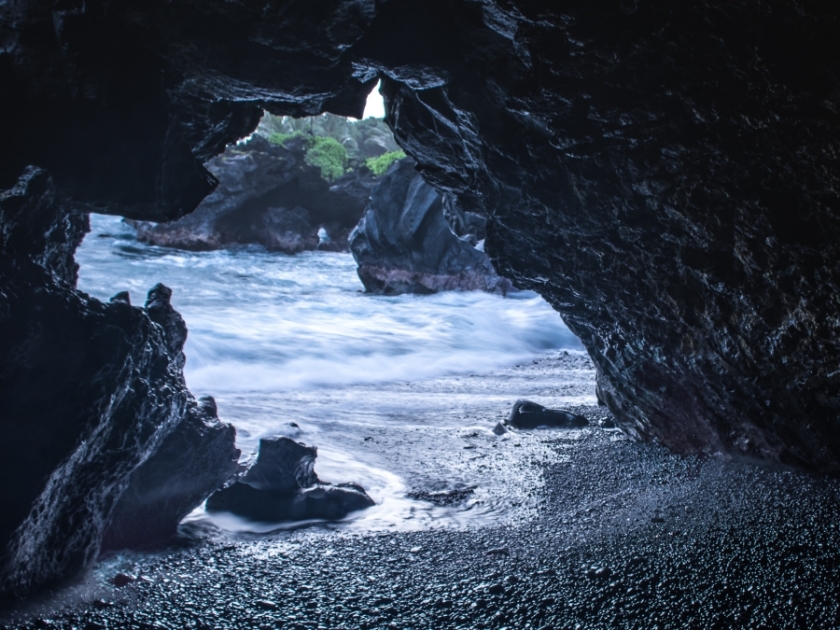
Enhance your visit to Keanae Peninsula with nearby highlights like the Hana Lava Tube, where you can explore intriguing underground lava formations, and Waiʻānapanapa State Park, renowned for its striking black sand beaches, dramatic sea arches, and volcanic landscapes. These nearby stops offer a deeper dive into Maui’s natural wonders and provide unforgettable opportunities to experience the island’s unique geology and breathtaking scenery.
Frequently Asked Questions (FAQs)
Keanae Peninsula is known for its rich cultural heritage, stunning coastal scenery, and historic landmarks like the Keanae Congregational Church.
No, swimming is not safe due to strong currents and rocky shorelines.
Aunty Sandy’s snack stand is located near the Keanae Congregational Church along Keanae Road.
Visitors can hike along coastal trails, enjoy picnics, explore local culture, and visit historic sites.
The best time to visit is during Hawaii’s dry season from April to October.
There are limited facilities; it’s best to bring your food and water.
How to Get There
By Car
Reaching Keanae Peninsula offers breathtaking views and an unforgettable experience. By car, you can take the famous Hana Highway (Highway 360) from Kahului. The scenic drive is approximately 30 miles and takes about an hour and a half, depending on traffic, and stops to enjoy the stunning vistas along the way. Keep an eye out for mile marker 16, where you will need to turn down Keanae Road to access the peninsula. The route is winding, so drive carefully and take your time.
By Bus
By bus, reaching the Keanae Peninsula is a bit more challenging. While public transportation on Maui exists, it does not run directly to Keanae. The Maui Bus service covers much of the island, but you may need to take a bus to a nearby town and arrange for a taxi or rideshare service to complete the final leg of your trip. It is advisable to check schedules in advance and plan your route carefully to ensure an enjoyable and smooth journey.
Taro Tales & Ocean Trails
The Keanae Peninsula is a must-stop destination on the Road to Hana, offering a perfect blend of natural beauty, rich history, and cultural charm. From its dramatic lava rock coastline to its historic taro fields and welcoming local atmosphere, Keanae invites visitors to slow down and savor its timeless appeal. Embrace the area’s heritage, respect its landscapes, and take the time to responsibly enjoy this unforgettable piece of Maui’s coastline.



